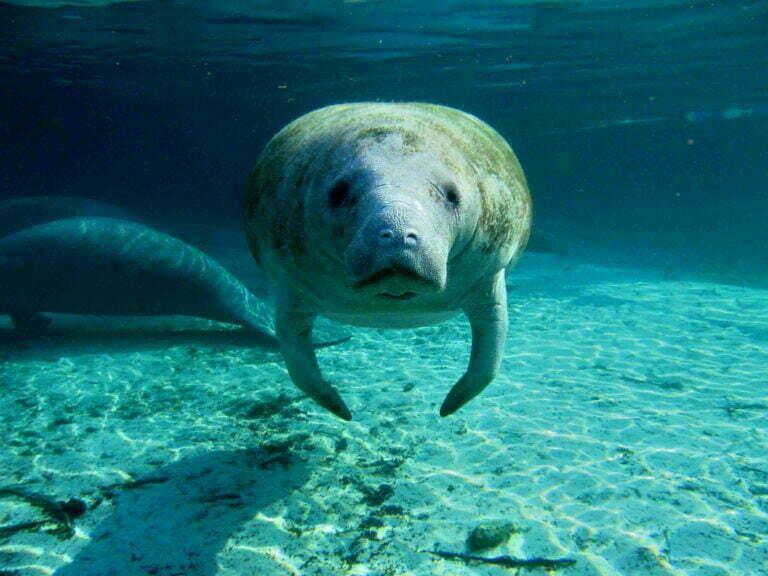Everglades National Park Things to Do

Everglades National Park, located in southern Florida, is a unique and ecologically significant natural area known for its diverse ecosystems, wildlife, and wetlands. The park serves as a vital breeding ground for tropical wading birds in North America and hosts the largest mangrove ecosystem in the Western Hemisphere. It is home to 36 threatened or protected species, including the Florida panther, American crocodile, and West Indian manatee, as well as a diverse array of 350 bird species, 300 types of freshwater and saltwater fish, 40 mammal species, and 50 reptile species. Moreover, Everglades National Park plays a pivotal role in recharging South Florida’s freshwater supply, stored in the Biscayne Aquifer. Human habitation in and around the Everglades dates back thousands of years. However, plans emerged in 1882 to drain the wetlands for agricultural and residential development. Throughout the 20th century, efforts to control and divert water from Lake Okeechobee to support urban expansion in the Miami metropolitan area escalated. The following list of 25 things to do in Everglades National Park is more thorough.
